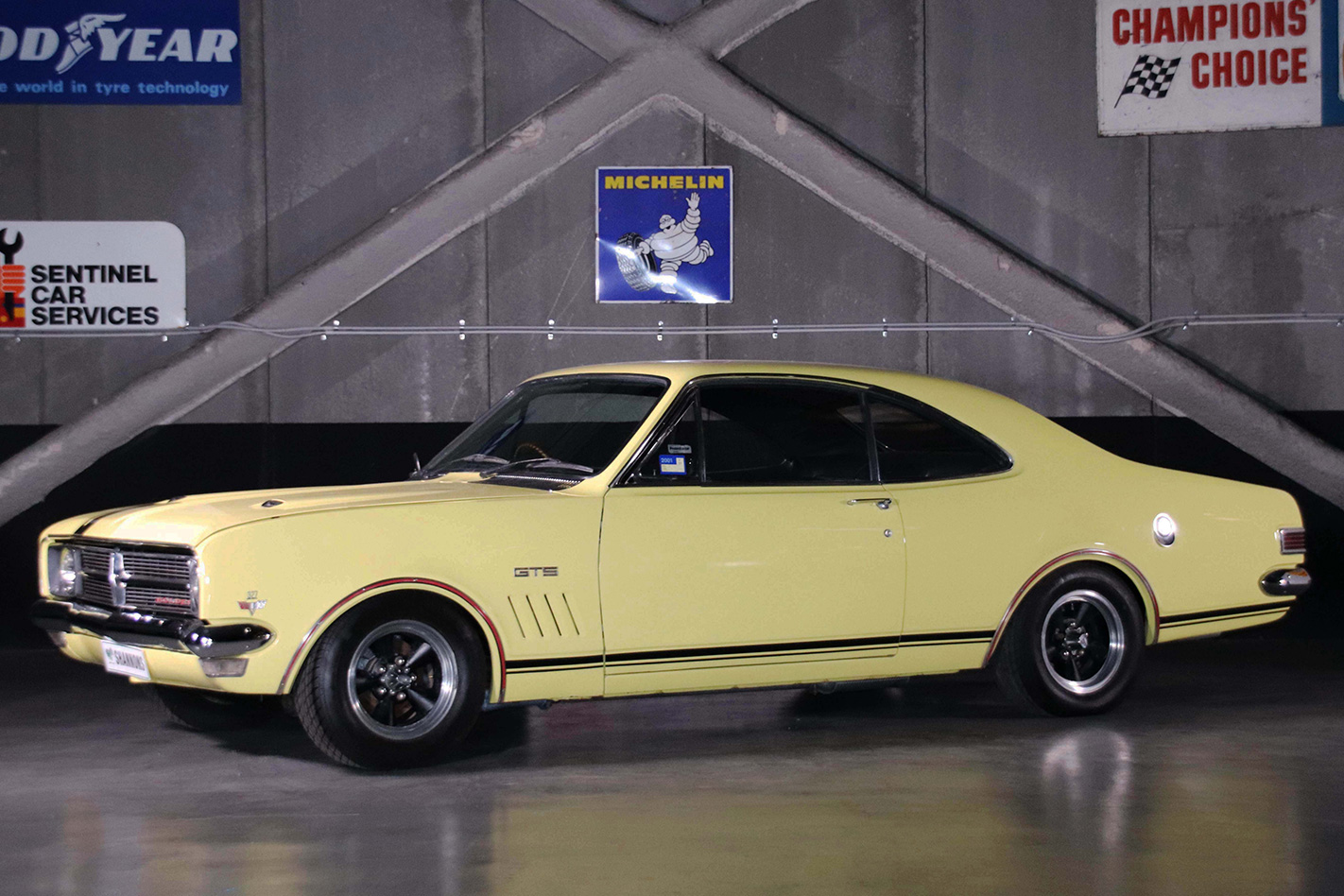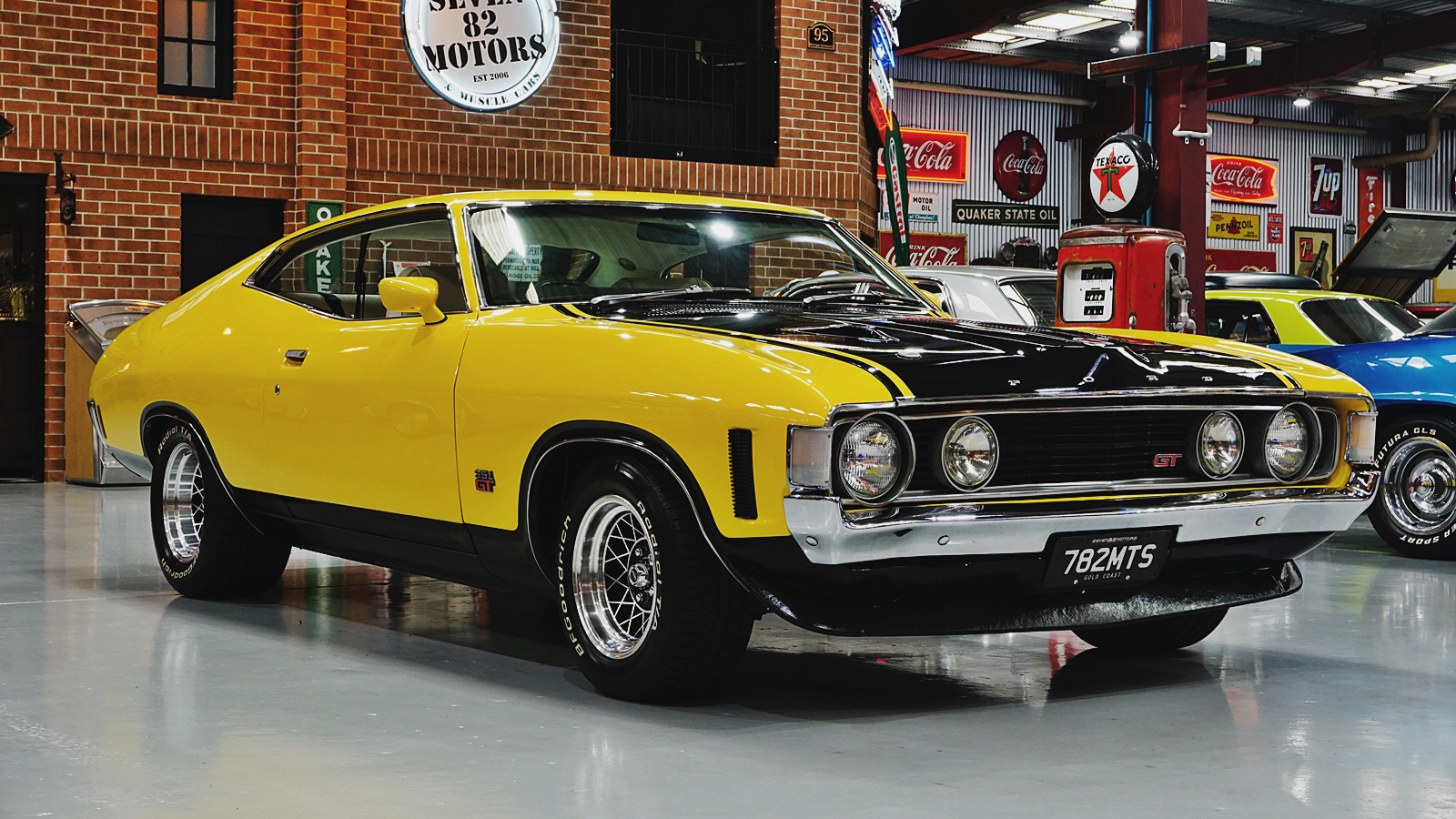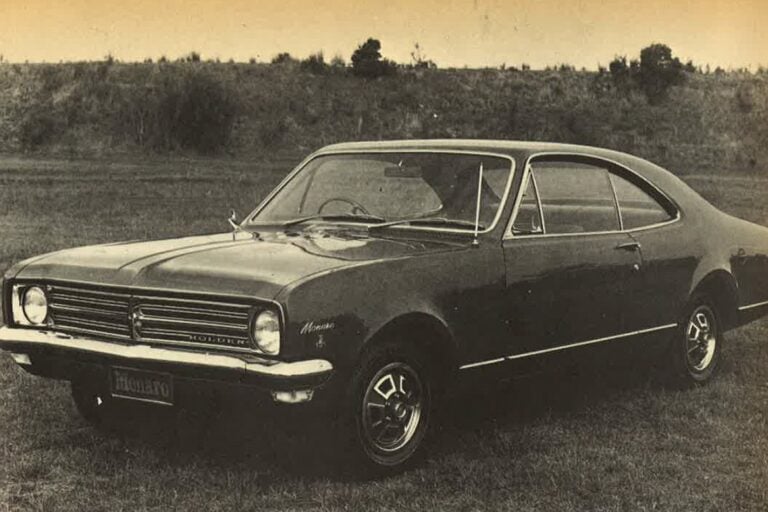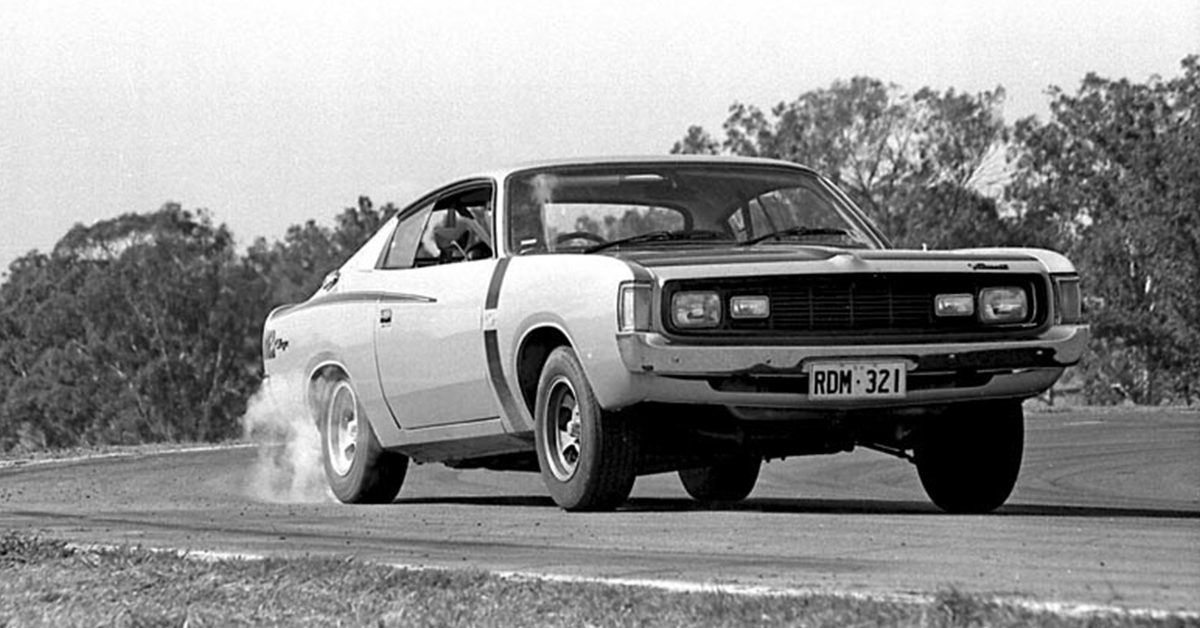As a child of the ’60s, I had a boyhood obsession with Italian sports cars and Australian muscle cars. An odd mix, some would say, but while the allure of European thoroughbreds is obvious,
I believe my contrasting fascination with home-grown workhorses is justifiable.
Our roads were once dominated by Holden, Ford and Chrysler, and this was a fabulous period for diverse styling, as each brand had a genetic code of their own. Their individual personas set the scene for fierce brand loyalty and dogmatic barbeque repartee. At the time, my father’s pride and joy was his Holden EH Special with a 179 Hydramatic. Perhaps it was this early indoctrination that sent me on a convoluted path to a career at Holden.

Without dismissing some of the significant earlier works, it’s fair to say that automotive design really got serious in Australia in the late 1960s. The big three had new design centres and under the tutelage of more experienced American design executives, the local talent helped create unique interpretations of our own. So, let’s set aside any myopic brand rivalries for a moment and salute a few of Australia’s great car designs of the past.
Although based on the American designed XR, the local Falcon XW-XY models were good-looking roosters. The XY in particular was a very well-resolved design with an imposing stance and excellent detailing. The butch proportions translated effortlessly into one of the world’s best-looking GT sedans. At the same time, Holden had launched the local HK architecture and it heralded the first-generation Monaro. Sleek and clean with a swoopy pillarless roofline, it gloriously captured the mood of the swinging ’60s.
Enter the 1970s and Australia is spoilt with three new Aussie launches; Holden HQ, Ford XA and Valiant VH. Three very different design languages, albeit influenced by their parent company ethos, but executed in a uniquely Australian manner. I would argue that the proportions of the Australian cars were often better than their oversized US cousins. And the best part was, all three brands offered locally designed coupe variants.

By any objective measure, the Monaro, Falcon Hardtop and Charger were great designs in their day and each of them flexed their muscle with an individual bravado. The Monaro was sculptural and elegant, with fluid surfacing and signature fender blisters. In bold contrast, the Falcon Hardtop was a beast with intimidating volume around the rear quarter, just begging for huge wheels to fill the arches. And the svelte Charger had a sharp and chiselled profile, complemented by the swept buttress pillars and distinctive ducktail.
All three of them were styling triumphs and exemplified the halcyon days of automotive design in this country, consolidating our car-culture and motorsport folklore. Sadly, after this peak period the automotive landscape changed, and corporate strategies shifted away from this genre.
Nonetheless, the industry battled on and a resurgence occurred in the late ’80s. In 1988, the VN Commodore and the EA Falcon were released. Once again, the two brands locked horns and the EA deserves a podium position for one of the best styled Falcons. It was crisp and bold, with a modern, product-design feel about it, despite the initial low-tech drivetrain.

The true renaissance for Holden was the VT Commodore and its derivatives like the Statesman and the third-generation Monaro. Export markets opened up, making this the launchpad for the VE-VF architecture; the first ground-up, all-new architecture since the HQ and arguably the best-ever Australian-developed car for its respective period.
Whilst the recent record auction prices for historic Australian cars may be fuelled by nostalgic investment speculation, I’m inclined to believe that we’re also finally appreciating the significance of our great automotive history.
And so, it transpires that Aussie made cars have retained their re-sale value after all.
Richard Ferlazzo is the former GM Holden Design Director
We recommend
-
 Classic Wheels
Classic Wheels1968 Holden Monaro review
This week marks the 50th anniversary since the first Holden HK Monaro rolled off the carmaker’s production line.
-
 Ford Falcon
Ford Falcon1972 Ford Falcon XA review
With all the good points of the old car and a few new ones thrown in, Ford’s new one continues the “great road car” theme.





